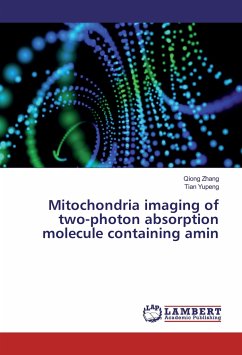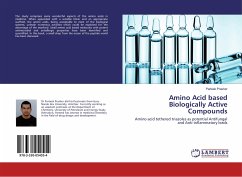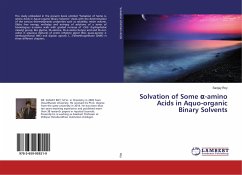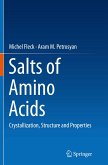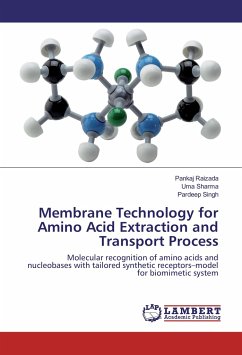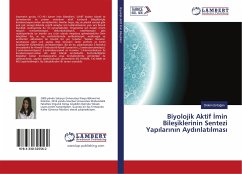Two-photon fluorescent probes have emerged as promising molecular tools for imaging subcellular organelles. Here, the facile synthesis of three novel nitro molecules (Z1-Z3) with lager two-photon absorption cross-section and three novel amino molecules (L1-L3) based on mitochondrial probes with two-photon absorption are presented. Their photophysical properties have been investigated both experimentally and theoretically. The study of nonlinear optical property revealed that Z1-Z3 possess more excellent two-photon absorption (2PA) cross-section values than L1-L3 and the 2PA cross-section values were enhanced with increasing electron-donating strength of the end group when fixed the opposite group (nitro or amino). Furthermore, in consideration of the water solubility and fluorescent intensity, L1-L3 possessing high specificity for mitochondrial localization were applied to biology, which is advantageous in comparison with commercially available mitochondrial trackers. Due to their low cytotoxicity, these small molecules L1-L3 offer a promising platform to directly monitor mitochondria in living cells and zebra fish.

